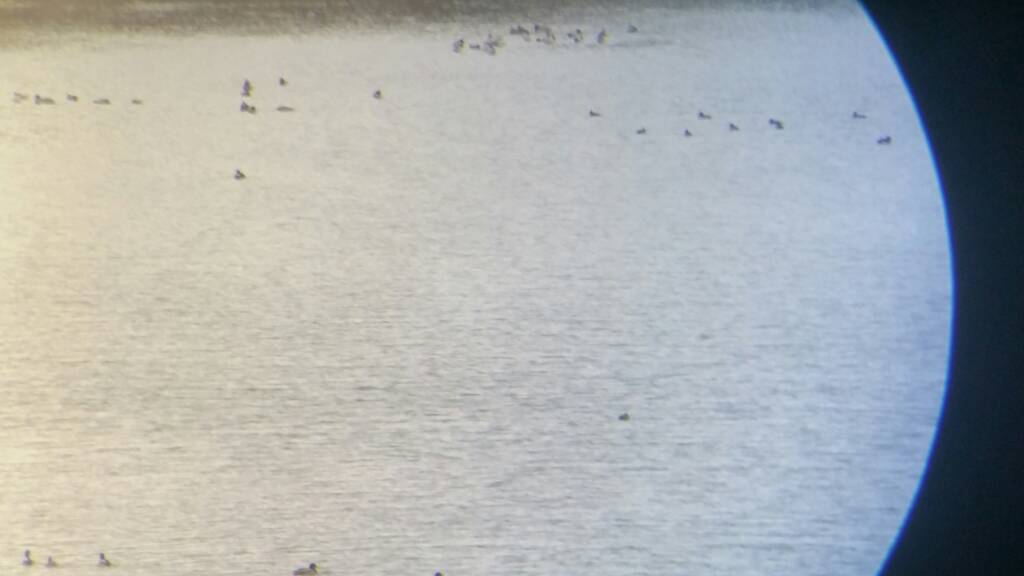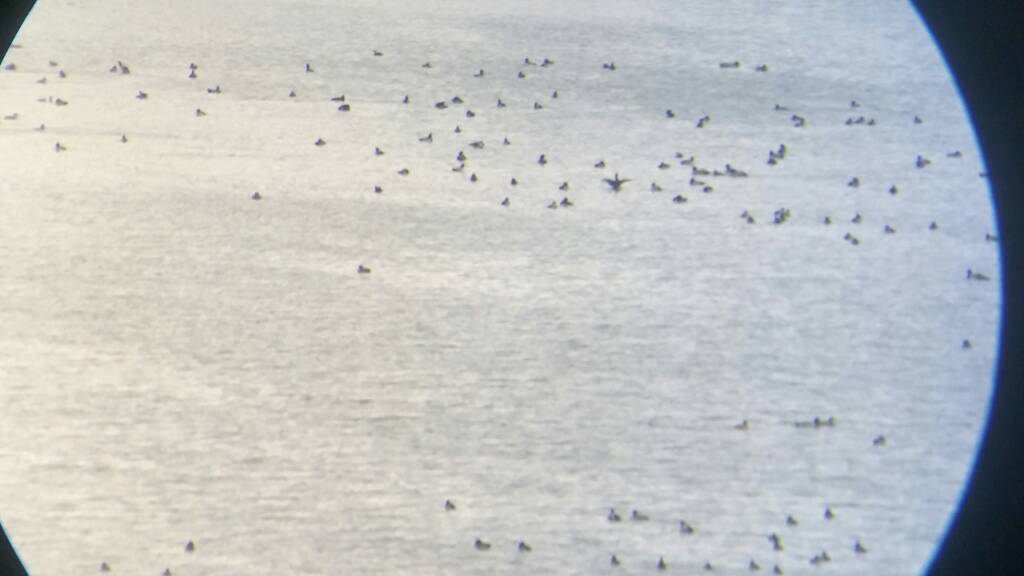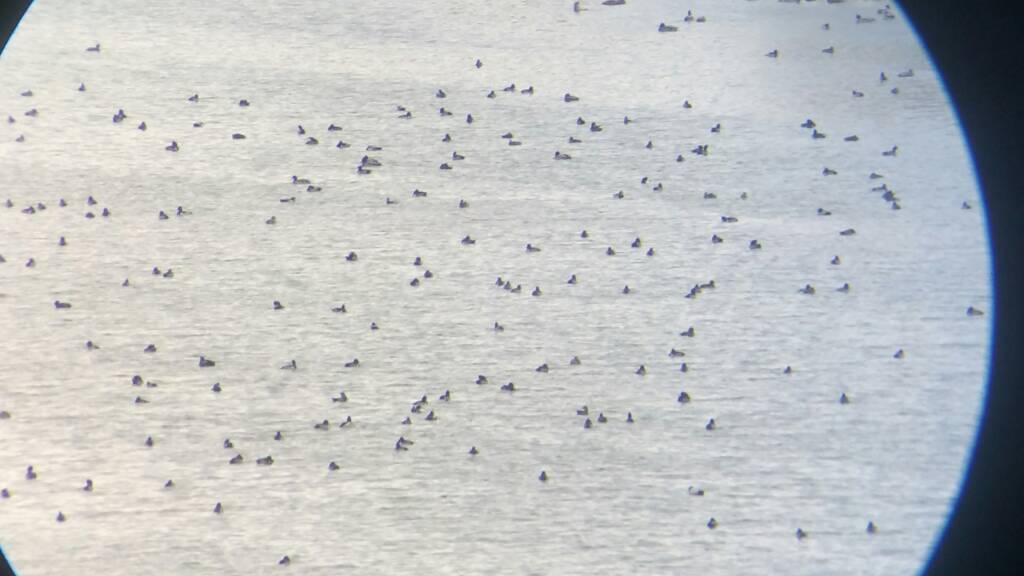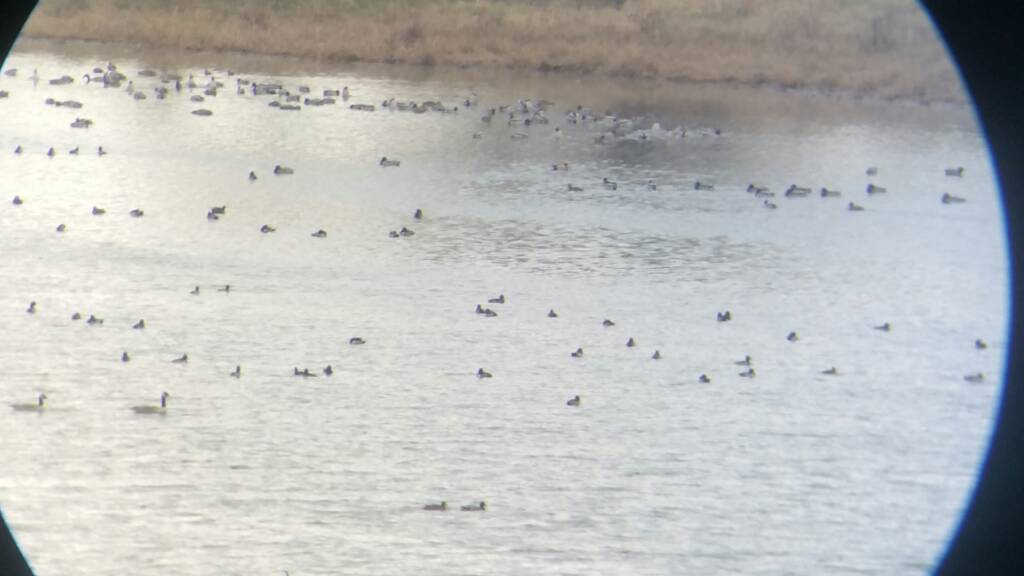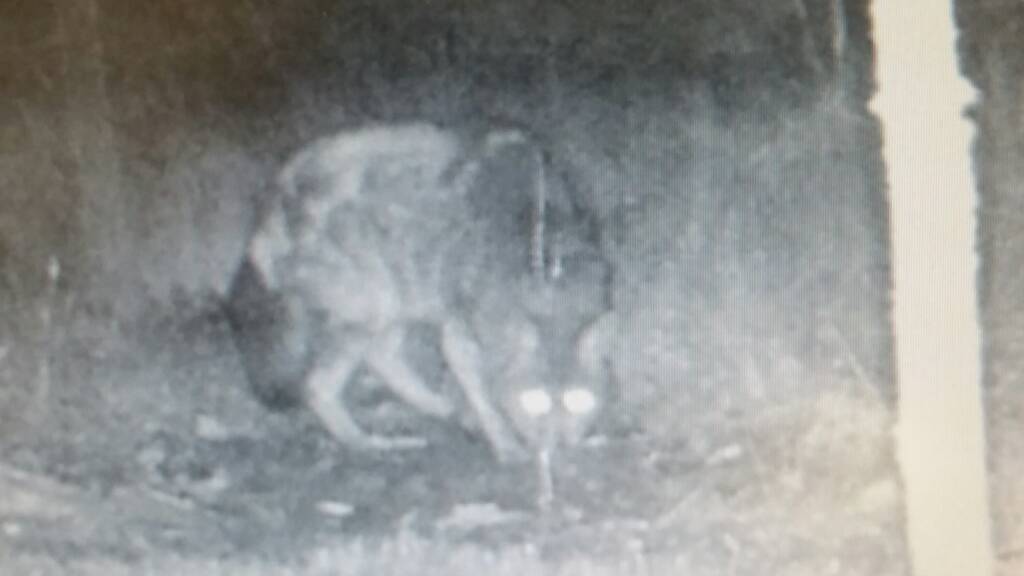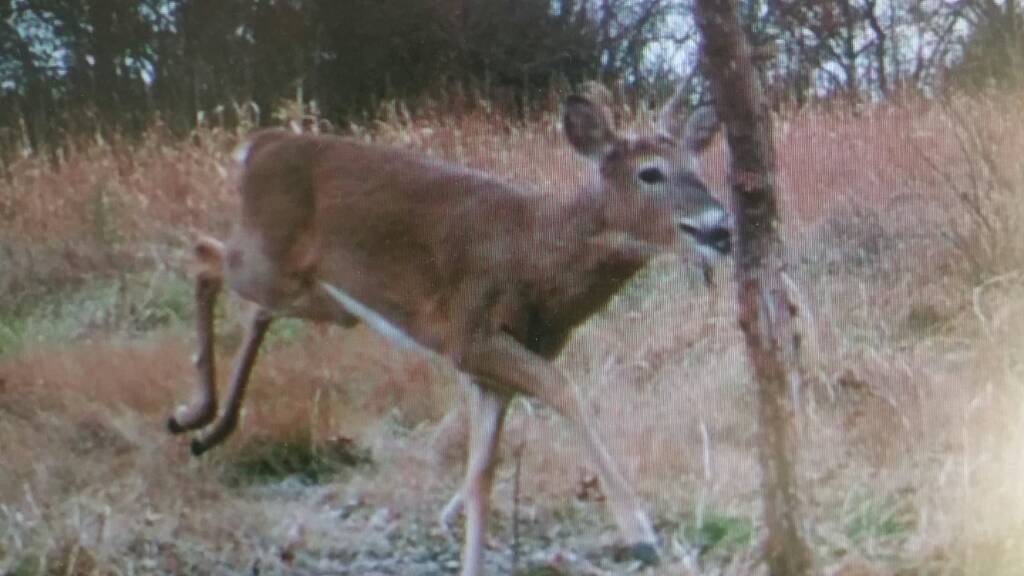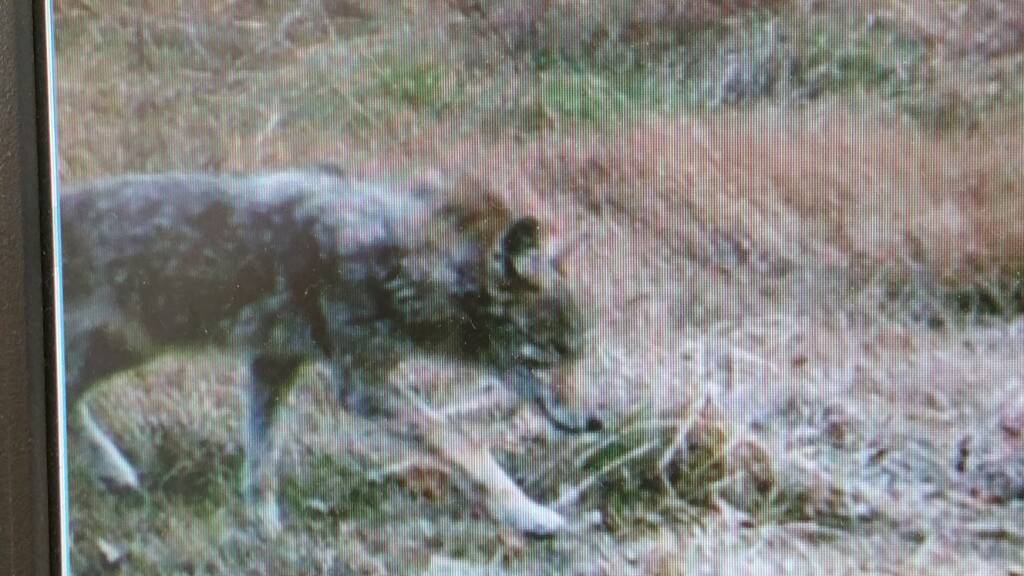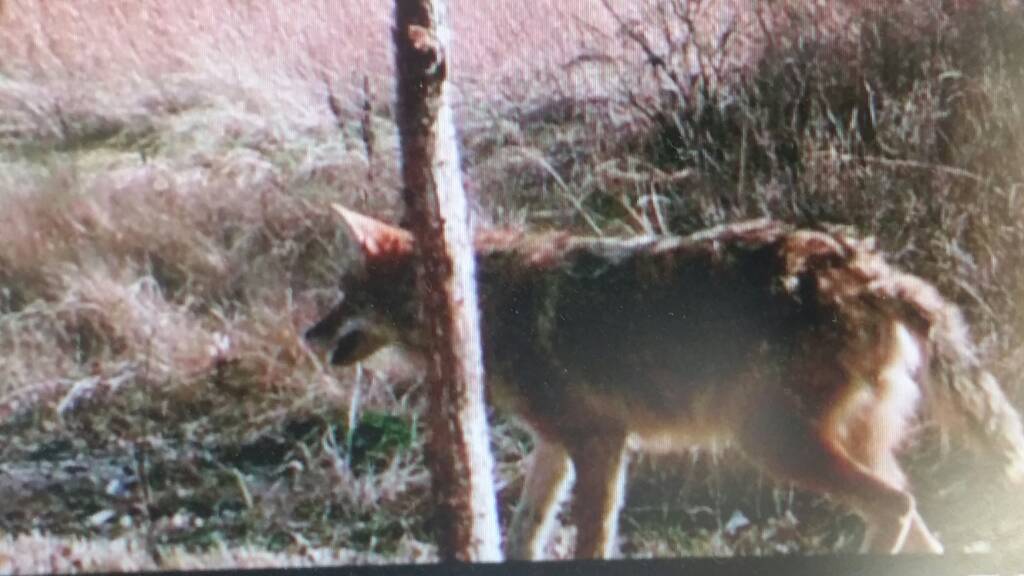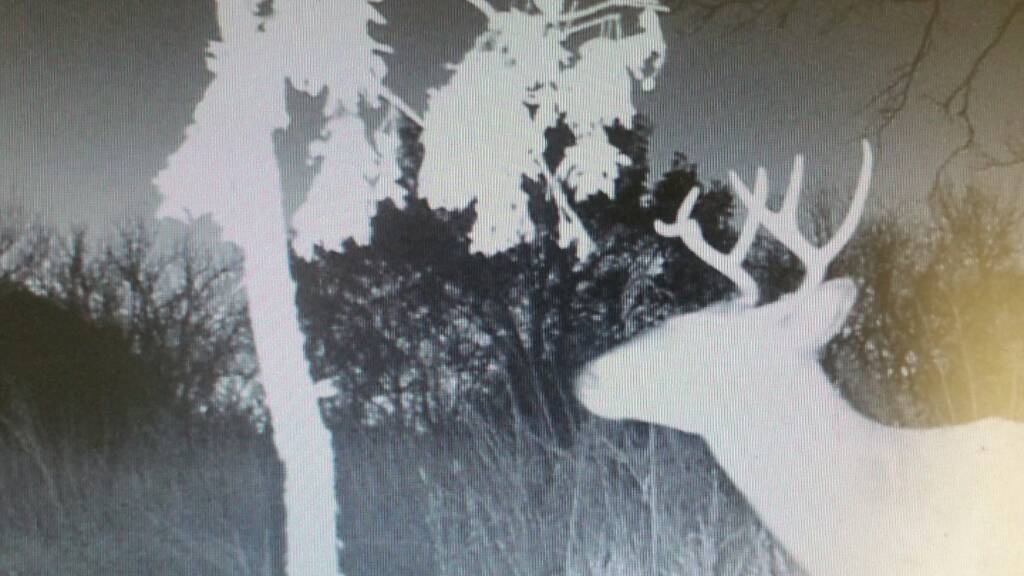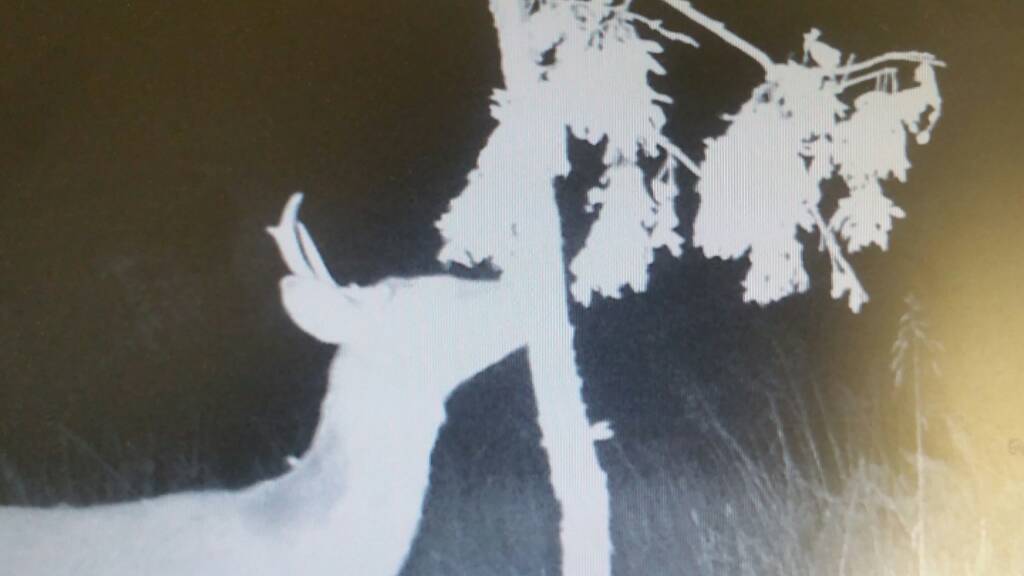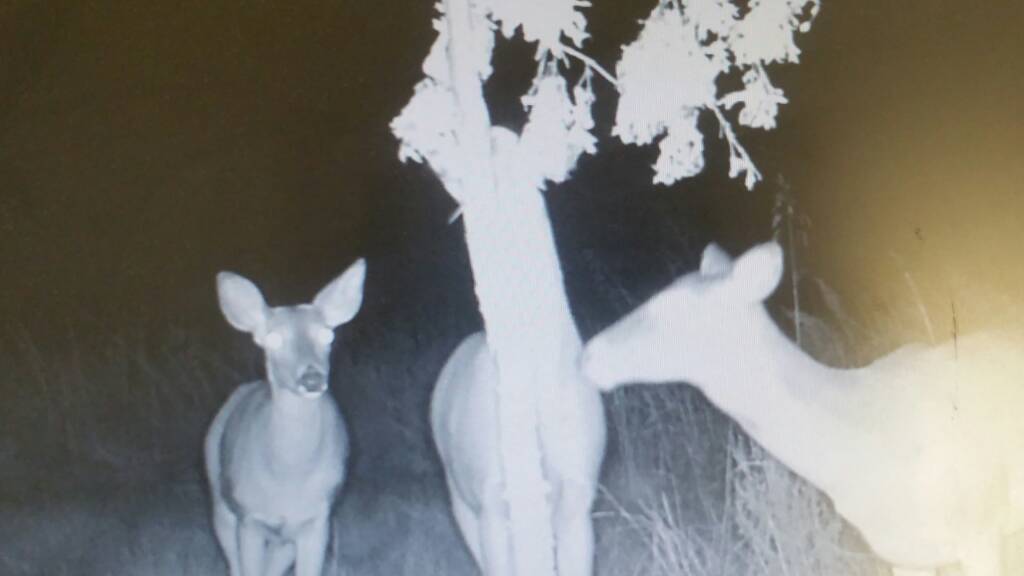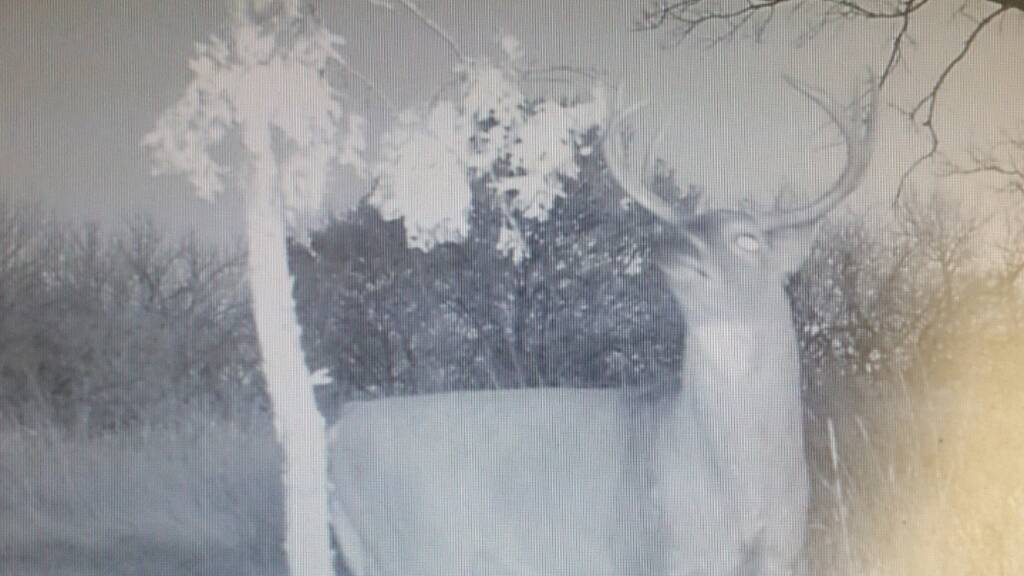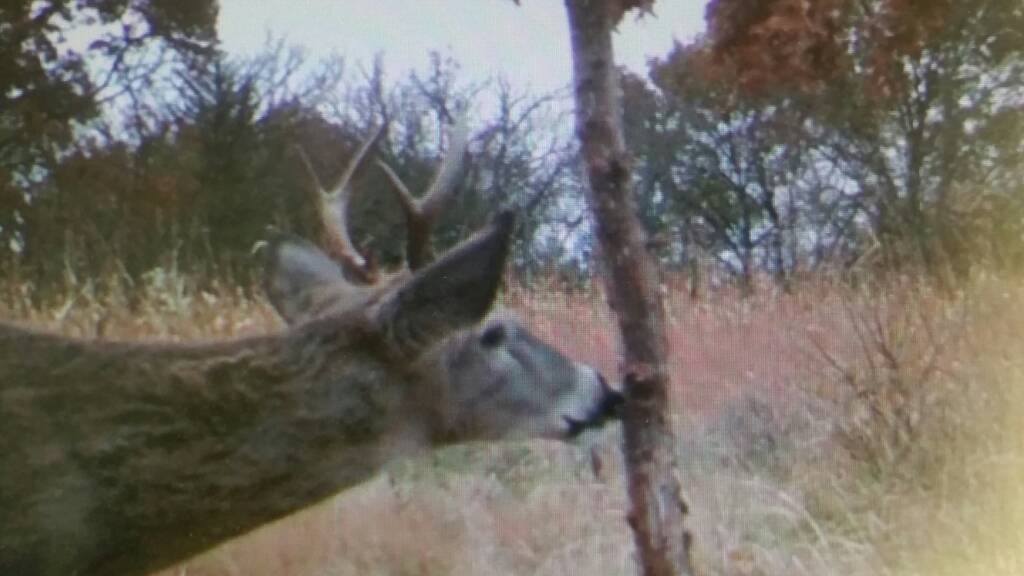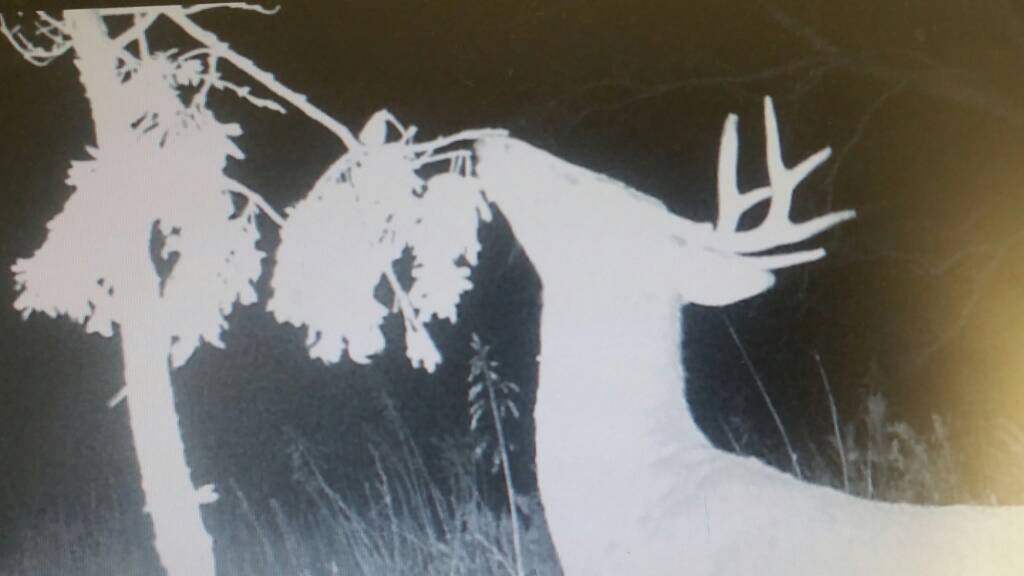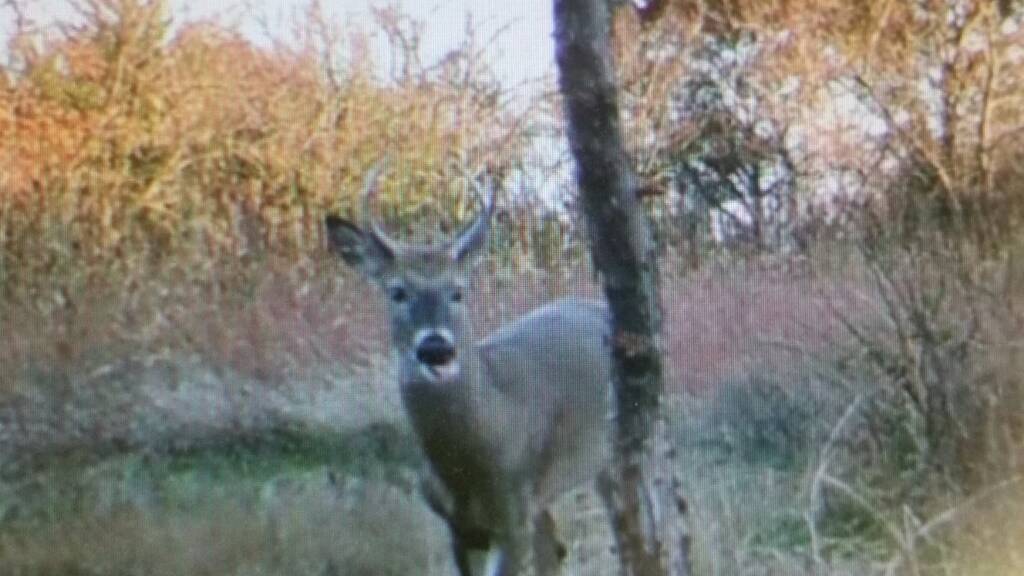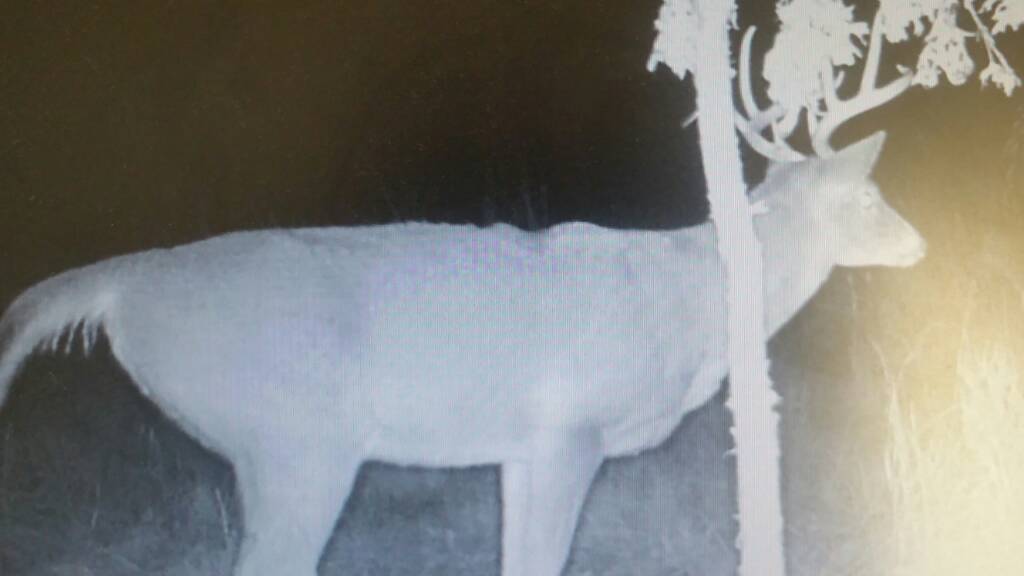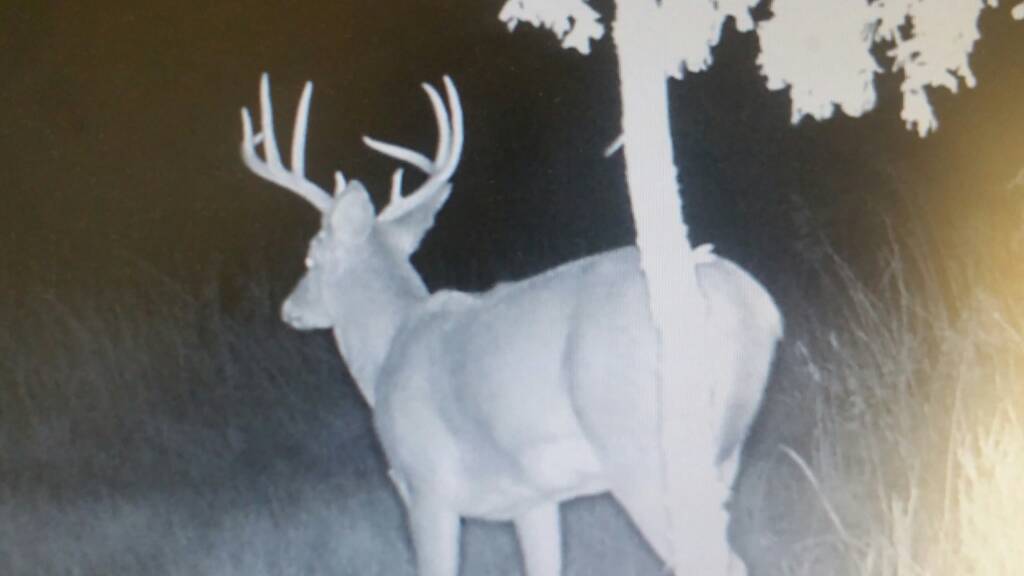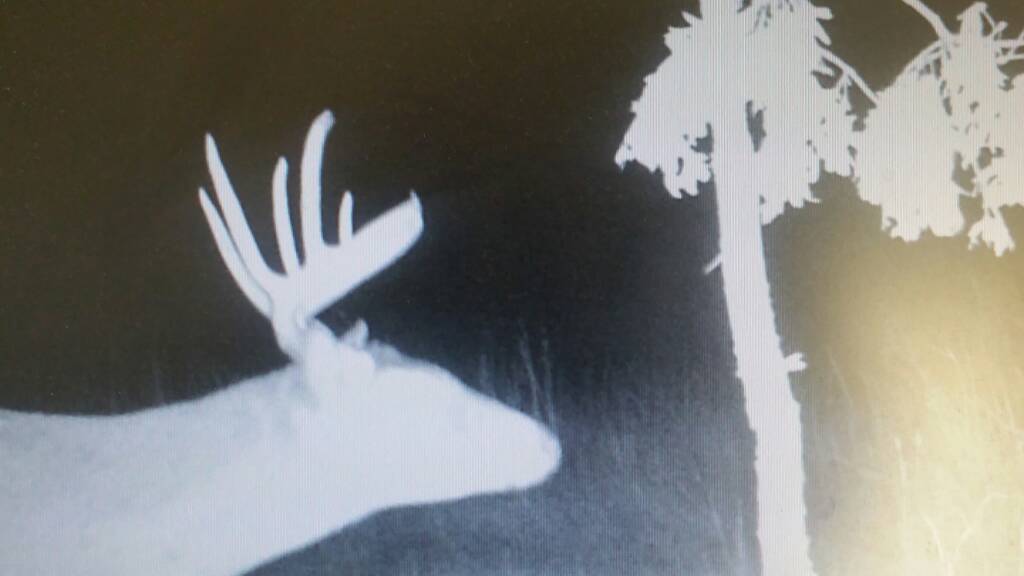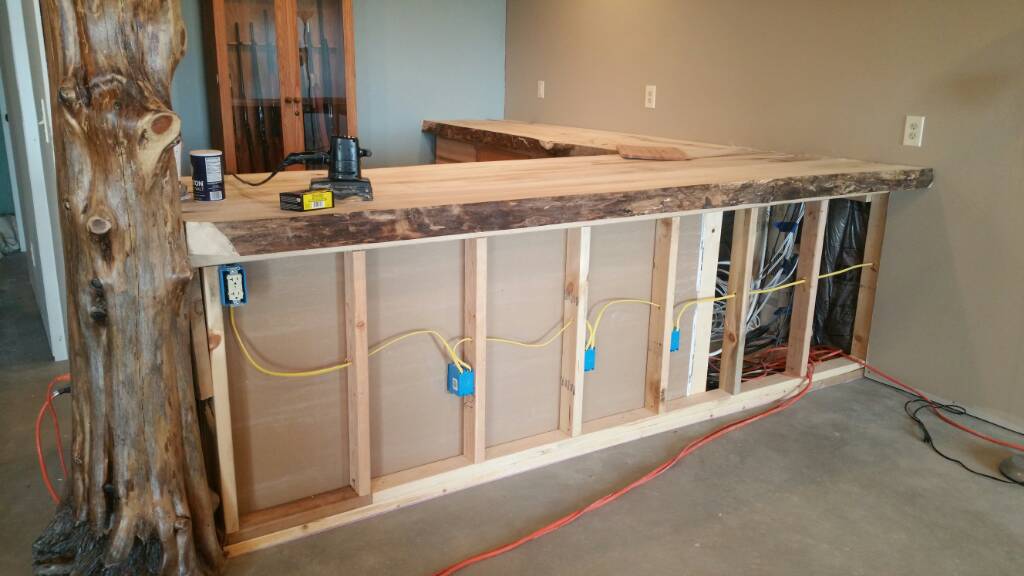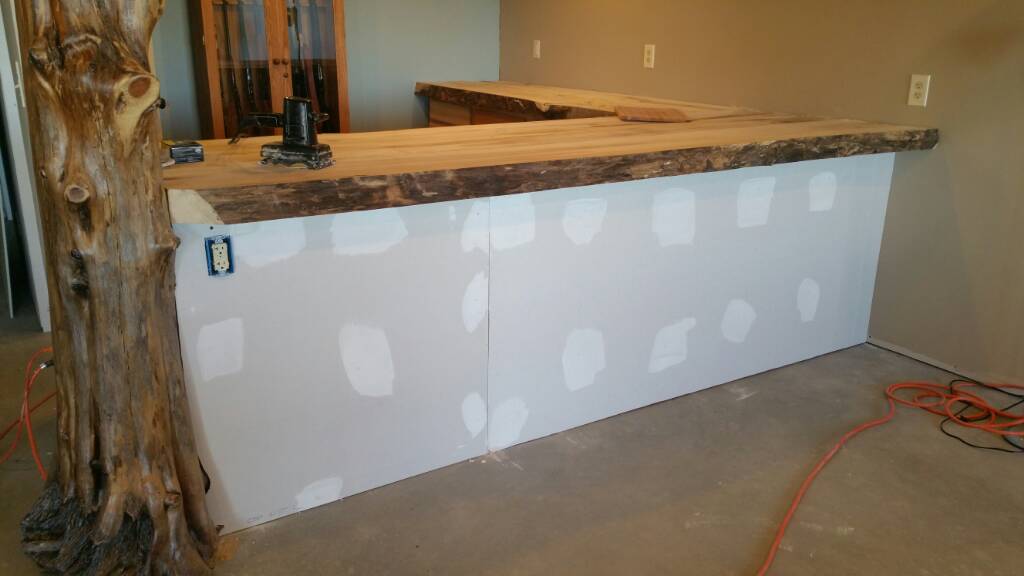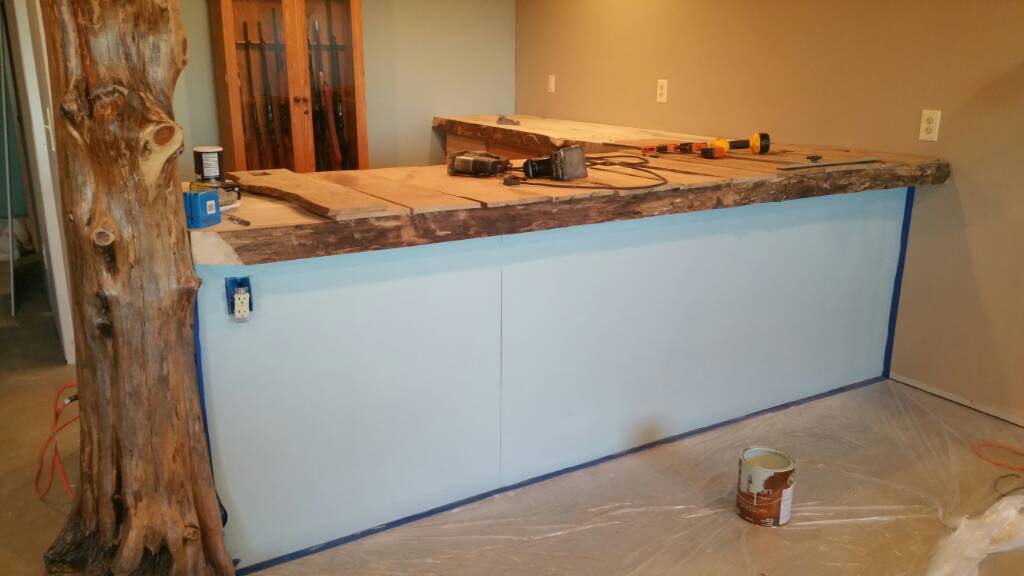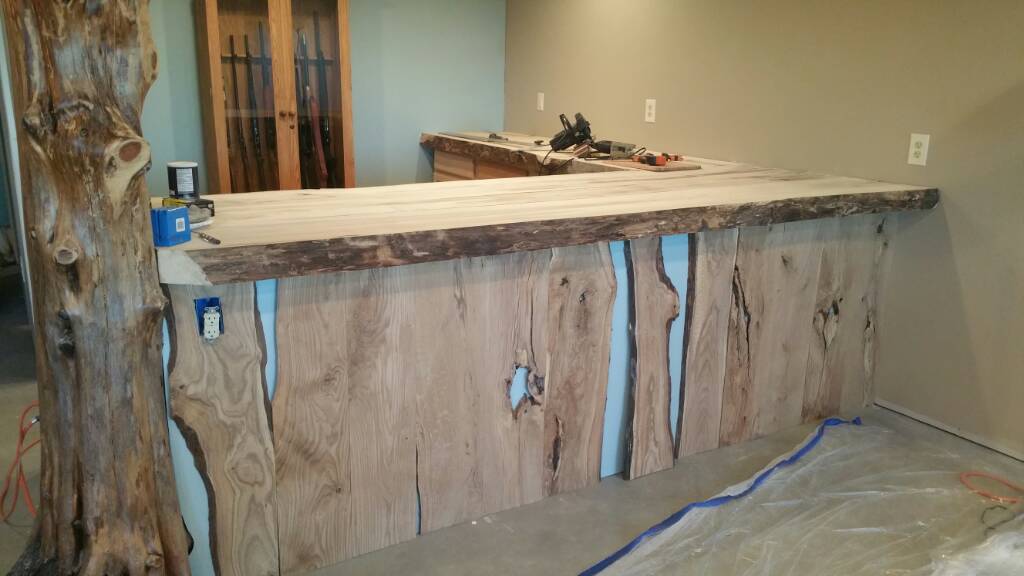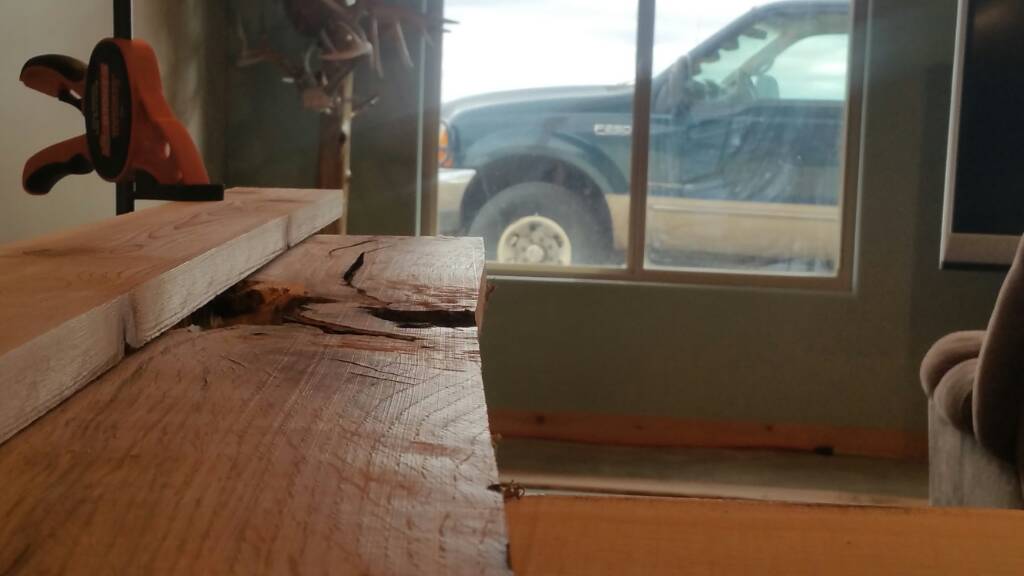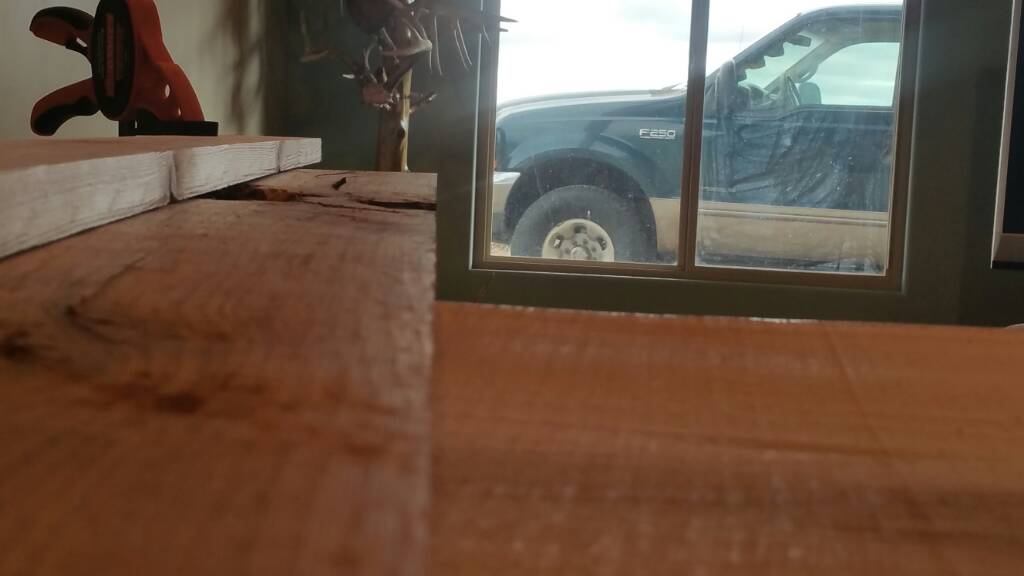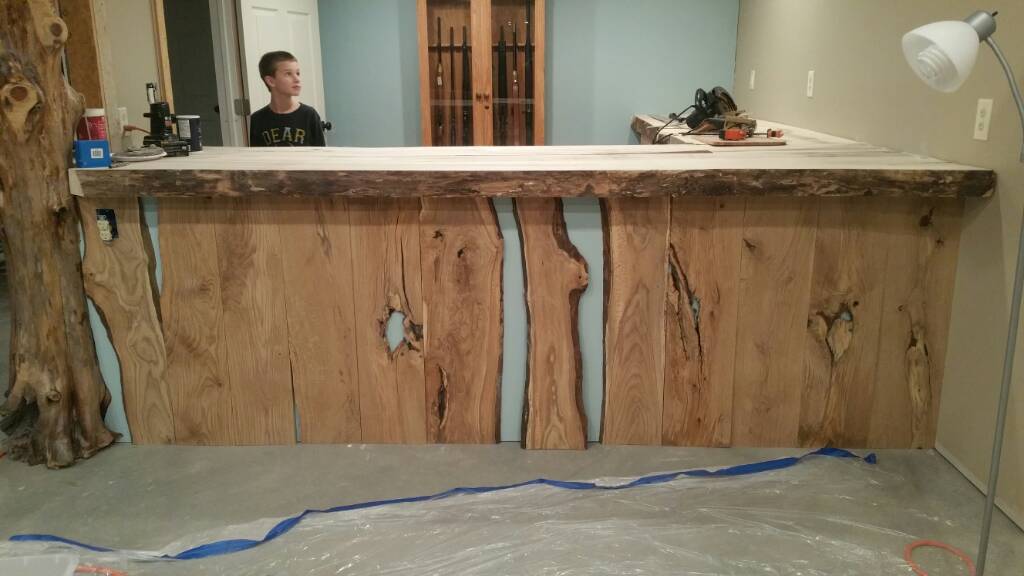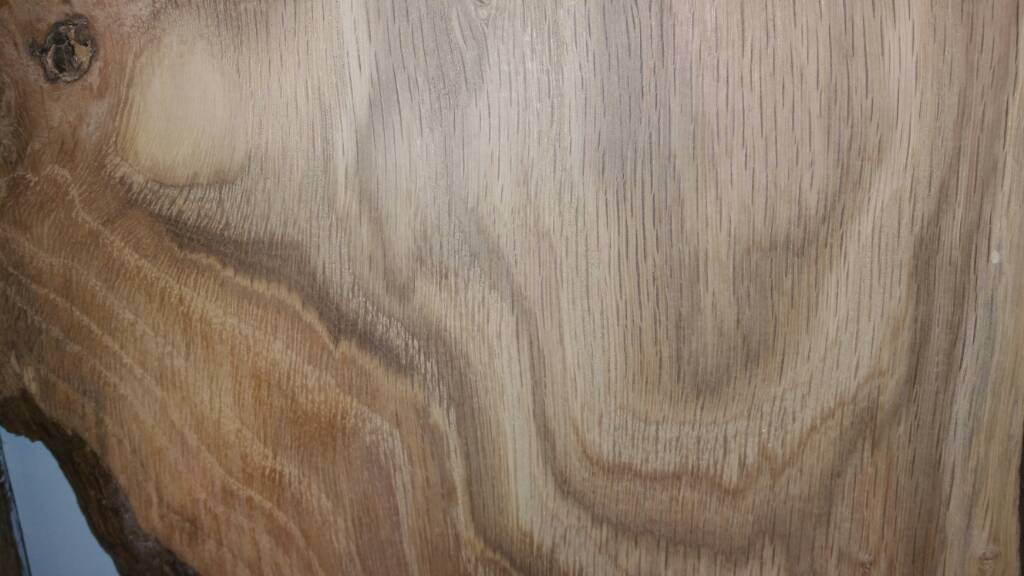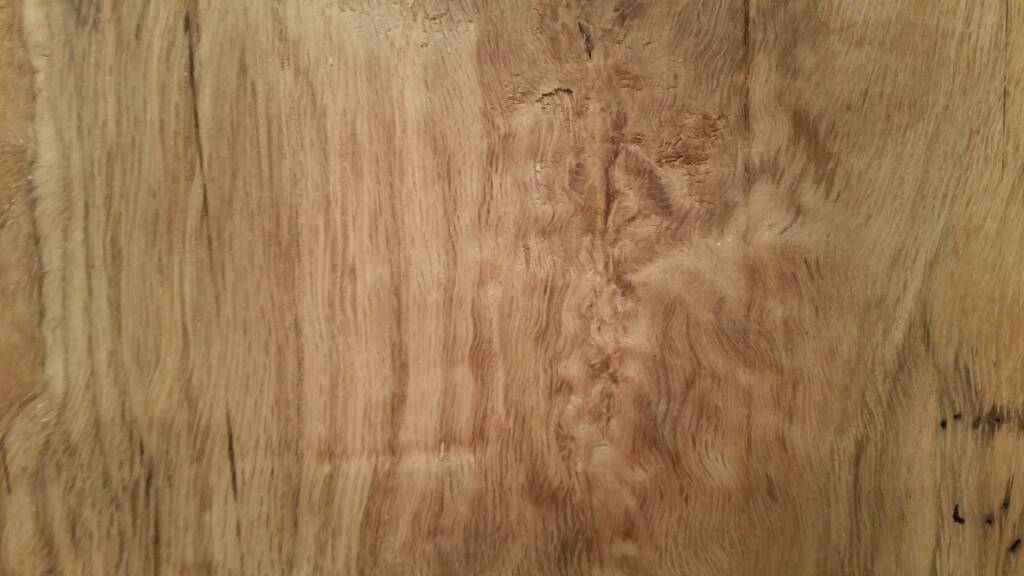catscratch
Well-Known Member
You got me playing with numbers. We run the summers steers at 1 steer per 2 acres. The way the place is set up it would be easy to have 4 paddocks ranging from 60 to 320 acres. The larger sections would probably require some fencing to divide up and get even grazing across all plant species (to get less preferred eaten). The smaller paddocks wouldn't be big enough to support the herd for long... It would take some planning to figure it out. 70,000lbs could be easy to attain on most of the place.That was just an example based on the program in video.
Stocking rate should be a bit higher under the 24 than 8 paddock system due to more grass production with longer recovery and higher utilization efficiency. But let's say stocking rate is the same for both......what do they normally set stock calves for the season in flint hills?....I have no clue of your carrying capacity or forage yields but will use one 500 lb steer per acre and 50 ac so 50 steers as example. Savvy, stocking rate for both is the same 1 steer per 1 ac....most people start out with normal stock rate for their area anyway when starting a rotational system....then adjust over time according to seasonal production.
Animal impact is described in terms of animal density and this will determine how uniformly a paddock is impacted, the amount of forage actually eaten, and the amount trampled. The number used for animal impact is the lbs of beef per acre. So total weight of 50 steers is 25,000 lbs of beef....same for each system.
50 ac....8 paddock system....6.25 ac paddocks....7 day stay/paddock......25,000 / 6.25 = 4,000 lb stock density
50 ac....24 paddock system....2.08 ac paddocks....3 day stay/paddock.....25,000 / 2.08 = 12,000 lb stock density
More plants get impacted at higher density as paddock # increases. There will be a threshold density number required to impact low preference plants...many times above 70,000 lbs/ac and several moves per day.
Days grazed play a role as well....since cattle have the option to avoid some area which are fouled or high in low preference plants under a low density set up....thus uneven impact. With smaller paddocks, there are less areas of light impact.
Anytime you are trying to tweak plant diversity 2 factors are highly important.....
stock density to set all plants back evenly...and...time required for full recovery of the most severely grazed desirable plant before grazing again. There is no set numbers for those....each area and year differ.....that is where monitoring and planning comes into play.
Sent from my SM-N910V using Tapatalk

